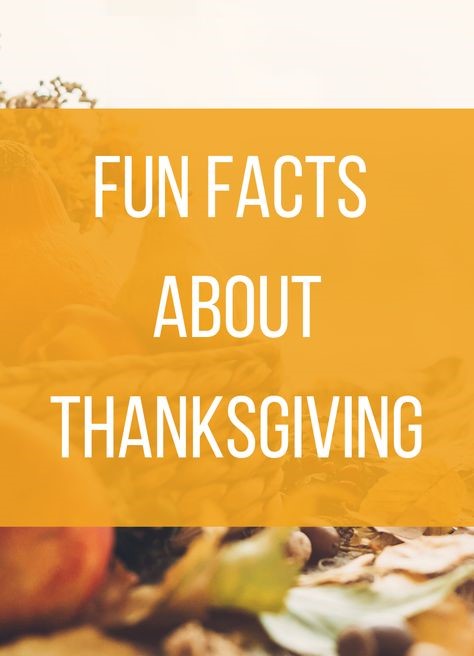Once upon a time, in a land filled with enchanting stories and magical moments, there was a collection of 16 fun fairytale books that every child should have on their bookshelf. From classic tales to modern twists on beloved stories, these books will spark the imagination and transport readers into worlds filled with adventure, romance, and happily ever afters.
1. Cinderella: This timeless classic follows the story of a kind-hearted girl named Cinderella who overcomes adversity with the help of her fairy godmother. Beautiful illustrations bring the magic to life in this must-have book.
2. The Princess and the Pea: A quirky tale about a young princess who proves her royal lineage by sensing a tiny pea beneath a tower of mattresses. This whimsical story will have kids laughing and entertained.
3. Beauty and the Beast: In this classic tale, Belle’s love for the Beast breaks an enchantment that transforms him back into a prince. Filled with stunning illustrations, this book is perfect for young readers.
4. Rumpelstiltskin: A clever story about keeping your word that teaches children not to make promises they cannot keep. The tale revolves around a girl who must learn the powerful wizard’s name to prevent him from taking her child.
5. Sleeping Beauty: A heartrending love story about a young princess cursed to sleep for 100 years until her prince arrives to break the spell with true love’s kiss.
6. Jack and the Beanstalk: The adventurous story of Jack’s exciting climb up a magical beanstalk that leads him to untold riches and danger in Giantland.
7. Rapunzel: A captivating retelling of the tale that shares how Rapunzel’s long, golden hair helps her escape from her tower prison with help from her dashing prince.
8. Hansel and Gretel: This suspenseful adventure follows siblings Hansel and Gretel as they find their way out of the woods while outwitting a wicked witch.
9. The Frog Prince: The enchanting story of love and transformation where a princess learns to appreciate the inner beauty in others as well as herself.
10. . Snow White and the Seven Dwarfs: Follow the kind-hearted Snow White as she escapes an evil queen, befriends seven dwarfs, and finds true love.
11. Goldilocks and the Three Bears: A delightful, cautionary tale about the importance of respecting others’ boundaries and property, with Goldilocks learning her lesson in a humorous way.
12. Little Red Riding Hood: A suspenseful story about bravery, as Little Red ventures through a forest to visit her grandmother, encountering danger along the way.
13. The Little Mermaid: Dive into this magical underwater adventure as a mermaid princess trades her tail for legs to win the heart of a human prince.
14. Aladdin: Discover a world filled with magic lamps, flying carpets, and wish-granting genies in this thrilling Arabian tale of love and adventure.
15. The Ugly Duckling: A heartwarming story of perseverance and self-acceptance, teaching readers that inner beauty truly matters most.
16. The Gingerbread Man: A fast-paced story about a clever cookie who must run from those who want to eat him – featuring humor and excitement that young readers won’t be able to resist!
These 16 fairytale books are perfect for adding a touch of magic to any child’s book collection. Each story offers valuable lessons that will last a lifetime, inspiring kids’ imaginations along the journey. Don’t miss out on these enchanting tales; start building your fairytale library today!











